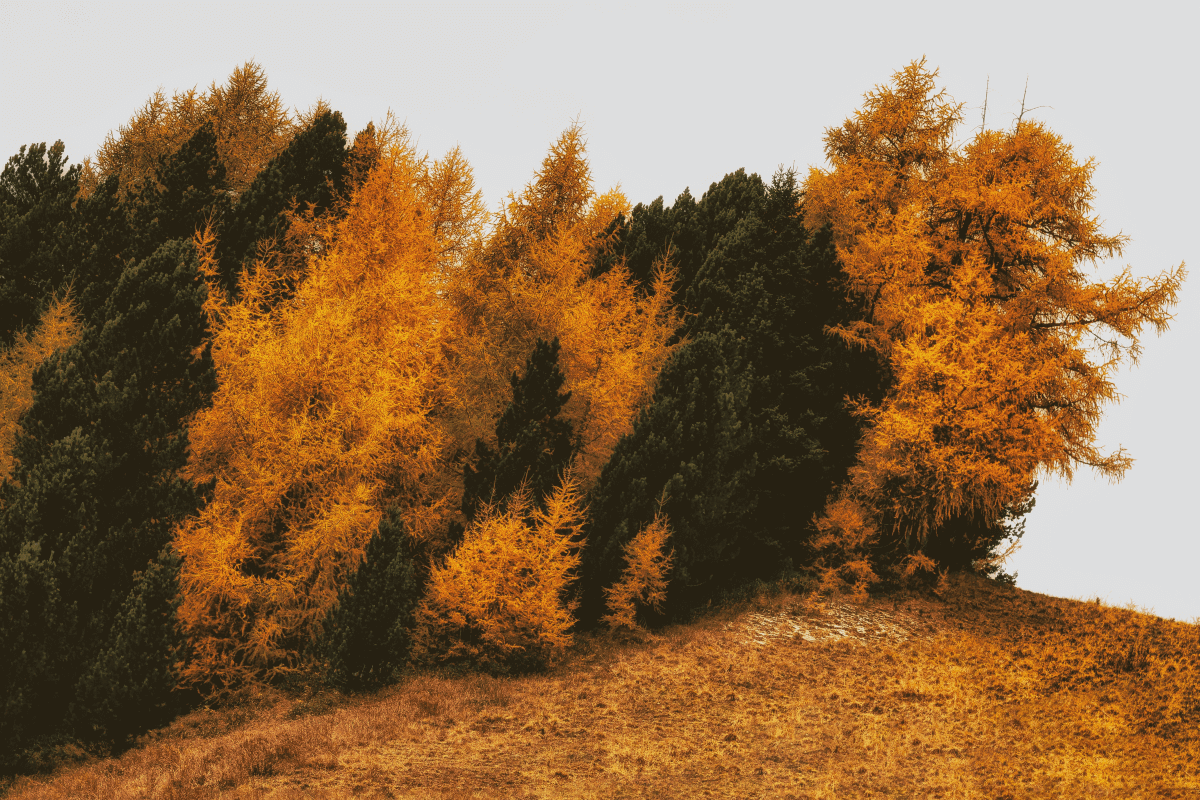What do you do with your hedge plants when it's dry for a long time?
Dry. That's how incredibly dry it was the last few summers. Not good for people, animals and plants. The damage to plants was in most cases most obvious. No water, no life and so plants died. Many hedge plants did not survive either. Or barely. You can hardly compensate for the lack of rain with watering. But you can take a number of things into account, take action on time or make certain choices, to avoid problems or at least minimize the damage. Read this blog and you will know what to do if it is that dry again this summer. After all, you still want to be able to enjoy your hedge after the summer, right?
Leaves go limp
Thirsty leaves. Those are the first signs of dehydration in hedge plants. If you pay a little attention, you will notice this very quickly. The leaves lose their beautiful green color and start drooping. An unpleasant sight. But don't panic. It does not mean the end of the story. You will have to take action right away. Because it is clear that the roots of your hedge plants have received too little water. And that for a long time. If the wood has not dried out yet, the plant can usually still be saved.
Give your hedge plants lots of water
So what do you do? You are already standing at the ready with the garden hose to water the hedge immediately. Very logical. But please don't overcompensate. In other words, don't give it gallons and gallons of water to compensate for the dry spell. Because then you have a big chance that you literally flood your plants with too much moisture. Especially if the hedge is still quite young, you should beware of this. The plants will have a hard time taking root, because the soil is so heavy from the water.
How much water do you give and when?
Give water in doses. Once or twice a week. About 10 to 15 liters of water per linear meter. And please do not water in full sun. This is a waste of water and of effort. It is of no use at all. The water has already evaporated before the plant roots can benefit from it. Also, burning of the leaves can occur. You don't want any of that. Therefore, water late in the evening or early in the morning. Then it is not so hot and therefore it has the most effect.
Protecting the roots of your hedge
You can also make sure that you adjust the conditions so that the plant has an easier time in dry weather. Think of mulching. You then cover the soil around the hedge plants with organic material, such as: grass, manure, bark or straw. This helps keep the soil moist. If your hedge plants are mostly in the sun, you can protect the roots from the heat with a white cloth or sheet.
Beech or Hornbeam can withstand drought well
If you expect it to be dry every summer, it is wise to take this into account when planting a new hedge. Choose plants that can withstand drought. Think of the beech hedge, also known as Fagus Sylvatica, or the hornbeam (Carpinus Betulus). They can withstand long periods of dry feet. But of course you will also have to provide them with water, because no plant can live without...
Ready-made hedge
Also good to keep in mind: young hedge plants that are recently planted are less resistant to prolonged drought than a hedge that has been planted for years and is therefore firmly rooted. So never plant the new hedge just before or in the summer, but leave at least six months or preferably even longer between plantings. Then the hedge is already well rooted and dry weather can do less harm. If you do not have that much time, but would like to plant a hedge quickly, a ready-made hedge is also an option. The roots of these hedges are already well developed and will, when planted in the ground, establish themselves more quickly in the soil. But of course these hedges also need water.
The hedge plants survive with your help
Dry weather is and always will be a nuisance for your plants, but they can survive with help from you. Give them enough water, but not too much, and check the leaves regularly.


